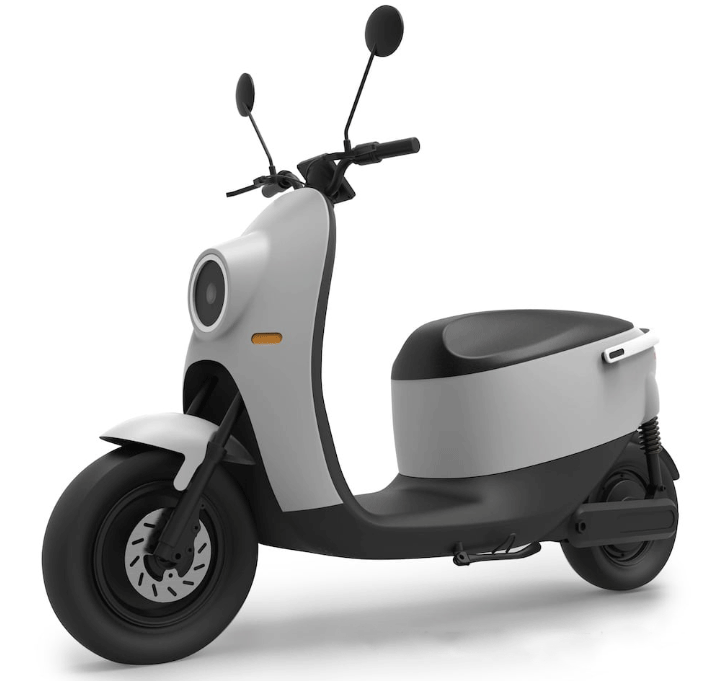






Release time:2024-01-29 Browsed0 order
With the increasing environmental and road congestion issues, more and more people are choosing green transportation methods. Among them, electric two wheeled vehicles are a popular choice, convenient, fast, and low-cost. They reduce dependence on fossil fuels, reduce exhaust emissions, help improve air quality, and reduce greenhouse gas emissions. The government is also promoting green travel in many regions. With the widespread use of electric bicycles, safety accidents caused by issues such as wiring and charging are more common. The capacity, safety factor, health condition, and endurance of electric bicycle batteries have become increasingly important concerns.

Nowadays, lithium-ion batteries dominate due to their high operating voltage, small size, high energy density, no memory effect, no pollution, small self discharge, and long cycle life, with an energy density of up to 265 watt hours per kilogram. However, they also have a fatal flaw, which is that when they experience too much pressure, they occasionally explode and burn all their energy. That's why they often need a Battery Management System (BMS) to control them.
Manifestation of BMS functional requirements for electric bicycle application
The BMS system can control the charging and discharging, battery temperature, and balance between individual batteries of electric bicycles. In electric bicycles, the power lithium battery pack, as one of the core components, accounts for a high proportion of manufacturing costs. As the monitoring and management center of the electric bicycle power battery pack, the battery management system must monitor and manage the temperature, voltage, charging and discharging current and other related parameters of the battery pack in real-time and dynamically.
Security requirements
A single over discharge of a lithium battery can cause permanent damage to the battery. In extreme cases, excessive temperature or overcharging of the lithium battery can cause thermal runaway, causing the battery to crack or even explode. Therefore, it is necessary to use BMS to strictly control the entire charging and discharging process to prevent damage to the electric bicycle battery.
In addition, short circuits within batteries are the most troublesome and difficult to identify cause of thermal runaway, and at present, this is also a global challenge in the field of battery safety, which may have serious impacts. Moreover, short circuits within the battery cannot be avoided at the source yet, and the use of the BMS battery management system can quickly identify short circuits within the battery to achieve short circuit protection. Its dual short circuit protection, dual overcurrent, overcharging, and over discharge protection technologies fully ensure the safety of battery use and further extend battery life.

Functional requirements
When the battery is running, it is necessary to obtain the SOC (State of Charge) parameter ofthe battery. The BMS system can use the SOC parameter to analyze the remaining power ofthe battery. The BMS system will allocate how to charge the battery based on the actualsituation of each battery cell, and can stop charging which cell is already full. The operatingperformance of batteries will also change at different temperatures, and the BMS batterymanagement system can stabilize them in the optimal operating temperature range(25 C~40C).
At the same time, in response to the inconsistency formed during the manufacturing andoperation of batteries, as well as the changes in capacity and internal resistance with thebattery life cycle, BMS can use its electric balance function to improve inconsistency andenhance overall performance.
On February 18, 2022, the Science and Technology Department of the Ministry of Industryand Information Technology publicly solicited opinions on the safety requirements forlithium-ion batteries for electric bicycles. The opinion requires China's electric bicycles to addremote monitoring and management functions on top of traditional BMS basic functions.forming a wireless BMS management system.
The advantages of wireless BMS
1.Flexibility: Wireless BMS can be easily installed in various types and sizes of battery systems without worrying about wiring and connection limitations.
2.Real time monitoring: Wireless BMS can monitor the status and performance of batteries in real time, allowing users to timely understand the health status of batteries.
3.Remote management: Through wireless connection, users can remotely monitor and manage the battery system without the need to be physically present, improving convenience and efficiency.
4.Reduce installation costs: Wireless BMS does not require a large amount of wiring and connection equipment, which can reduce installation costs and time.
5.Sensitivity: Wireless BMS can provide higher data acquisition frequency, making monitoring of battery status more accurate.